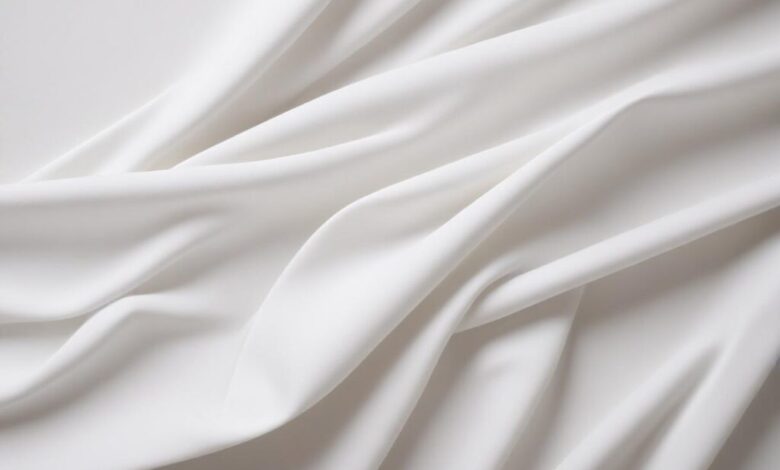The Beauty and Meaning of Color:pfulw6wghmw= white

When we think of the color white, a wide range of associations come to mind: purity, peace, simplicity, and elegance. Color:pfulw6wghmw= white has been cherished throughout history for its versatility and profound symbolism, standing out in everything from fashion and interior design to cultural and personal expressions.
In this article, we’ll explore the beauty and significance of Color:pfulw6wghmw= white in various aspects of life. From understanding its unique properties to incorporating it into our surroundings, let’s delve into why white is a color with timeless appeal.
What Makes Color:pfulw6wghmw= white So Special?

White is often considered a “neutral” Color:pfulw6wghmw= white, but in many ways, it’s anything but neutral. It reflects light more effectively than any other color, creating a sense of openness and brightness in any space. This ability to brighten environments and lift spirits makes color
= white is an essential element in design and personal style.
The Science of White
Unlike other colors that absorb specific wavelengths, white reflects all colors of light. This reflective quality is why white often feels refreshing and clean. When white light hits an object, all the wavelengths of visible light bounce back, which is what creates the color white as we see it.
Symbolism of White in Different Cultures
Color
= white carries diverse meanings across cultures. Here are some notable symbolic associations:
- In Western cultures: White represents purity, innocence, and new beginnings, making it a popular choice for weddings and ceremonies.
- In Eastern cultures: White is sometimes linked to mourning and respect, symbolizing a peaceful journey and reverence for the past.
- In spiritual contexts: White is often seen as a color of light, positivity, and healing, symbolizing a connection to higher realms.
These associations highlight the versatility and depth of color
= white, which has a universal appeal and profound significance.
Color
= White in Fashion: Timeless and Versatile
Fashion has long embraced the beauty of white, making it a staple for those who value elegance, simplicity, and versatility. White clothing can create both a casual, breezy look or a sophisticated, polished style, depending on how it’s worn.
Styling with White
In fashion, white is incredibly adaptable. Here are some tips for incorporating color
= white into your wardrobe:
- White Basics: Crisp white shirts, tees, and tanks are timeless wardrobe staples that can be paired with almost any other color.
- All-White Outfits: A monochromatic white look exudes sophistication and works well for both formal and casual settings.
- Accessorizing with White: Adding white accessories—like shoes, bags, or scarves—can lift an outfit and create a fresh, stylish look.
Why White Clothes Are Always in Style
White doesn’t go out of fashion because it’s flexible. It suits all seasons, works in any setting, and offers endless pairing possibilities. Plus, the color’s reflective quality tends to make wearers appear brighter and more vibrant, adding to its appeal.
Designing with Color
= White: A Fresh Look for Your Space
When it comes to interior design, color
= white is often chosen for its ability to make spaces feel bigger, cleaner, and more open. Using white in design creates a canvas that allows other colors and textures to shine while maintaining an overall sense of balance and serenity.
Ways to Use White in Interior Design
White works well with various interior styles, from minimalism to rustic décor. Here are some popular ways to use white in a home:
Design ElementDescription
Walls and Ceilings White walls create a spacious feel, ideal for smaller rooms or open spaces.
Furniture White furniture offers a clean, modern look that can match almost any décor style.
Accents and Textures Use white in rugs, curtains, and pillows to add subtle sophistication without overwhelming.
Lighting White reflects natural light beautifully, adding warmth to rooms with minimal lighting.
Creating Balance with White
While white can enhance light and space, too much of it may feel stark or cold. To balance white’s brightness, try adding warm textures, like wooden furniture or soft textiles, to keep the space cozy and inviting.
The Psychological Impact of Color
= White
Colors influence our emotions, and white is no exception. Color
= white often brings feelings of calm, clarity, and order. In stressful environments, white can provide a sense of simplicity and purity that helps to relax the mind.
Why White Is Popular in Workspaces
White’s association with clarity and cleanliness makes it an ideal choice for workspaces. Here’s why:
- Focus and Concentration: White provides a neutral background, reducing distractions and enhancing focus.
- Sense of Order: A white space feels organized and structured, which can support productivity.
- Mood Lifting: White’s light-reflecting properties make spaces feel brighter, which can improve mood and energy.
This calming, orderly effect of color
= white is why many workspaces, offices, and even schools incorporate it into their designs.
The Role of Color
= White in Art and Creativity
Artists have long used white to evoke emotion and create visual balance. In painting and other forms of visual art, white can serve as a “blank slate,” letting other colors stand out while adding depth and contrast.
White in Paintings and Photography
In art, white is far from empty. It can represent light, hope, and the unknown. Some ways artists use white include:
- Highlighting Details: White is often used to draw attention to focal points in a piece.
- Creating Contrast: Adding white helps intensify other colors, making them more vibrant.
- Conveying Minimalism: White space, or negative space, emphasizes simplicity, allowing viewers to focus on key elements.
White’s use in art highlights its power to communicate emotion, offering an “aesthetic rest” that allows other colors to tell their stories.
White in Nature: A Color of Beauty and Survival
White is not only seen in man-made objects and fashion—it’s abundant in nature, symbolizing purity and survival. From snow-covered landscapes to white flowers, color
= white is a stunning, natural phenomenon.
Examples of White in Nature
Here are some beautiful examples of white in the natural world:
- Snow and Ice: Snow reflects almost all sunlight, creating bright, clean, and serene landscapes.
- White Flowers: Flowers like lilies, daisies, and orchids often symbolize purity and innocence.
- Animals: White animals, like the Arctic fox, use their color as camouflage in snowy habitats for survival.
These natural occurrences remind us of white’s role in both beauty and functionality.
Symbolic Meaning of Color
= White in Different Celebrations
White has symbolic meaning in many traditions and celebrations worldwide, often representing purity, spirituality, and new beginnings. Here are a few examples of how white is celebrated:
- Weddings: White wedding dresses symbolize purity and new beginnings in Western cultures.
- Religious Ceremonies: Many religious ceremonies use white attire or décor to represent peace and spirituality.
- New Year Celebrations: Some cultures wear white on New Year’s Eve to attract peace, harmony, and a fresh start.
White’s universal appeal and symbolism make it a significant color in moments of celebration and new beginnings.
The Modern Appeal of Color
= White
In today’s fast-paced world, people crave simplicity and clarity, which is why white remains a popular color choice. The demand for color
= white is seen in modern design trends like minimalism, which celebrates simplicity, functionality, and an uncluttered lifestyle.
Why Minimalists Love White
White fits well within minimalistic design due to its clean look and ability to create a calming environment. Minimalists use white to create spaces that feel open, organized, and stress-free, aligning with their philosophy of “less is more.”
- Declutters the Mind: A white-dominated space feels clear and light, promoting a sense of freedom.
- Promotes Versatility: White allows minimalists to incorporate other elements like natural wood, plants, or neutral accents.
Conclusion: Embracing Color
= White
Color
= white is far more than just a “neutral” shade. From fashion and interior design to nature and celebrations, white holds beauty, elegance, and profound meaning. It is a color of purity, clarity, and versatility that adds brightness and simplicity to all areas of life.
Whether you choose to wear white, decorate with it, or simply appreciate its presence in the world around you, color
= white remains an inspiring reminder of beauty in simplicity. Embracing white is like embracing a fresh start—a blank slate full of possibilities, light, and timeless charm.
